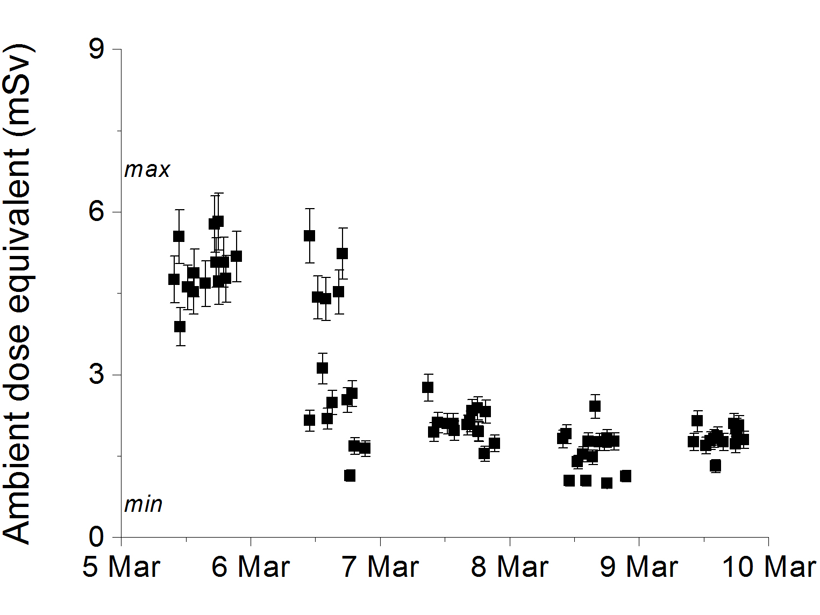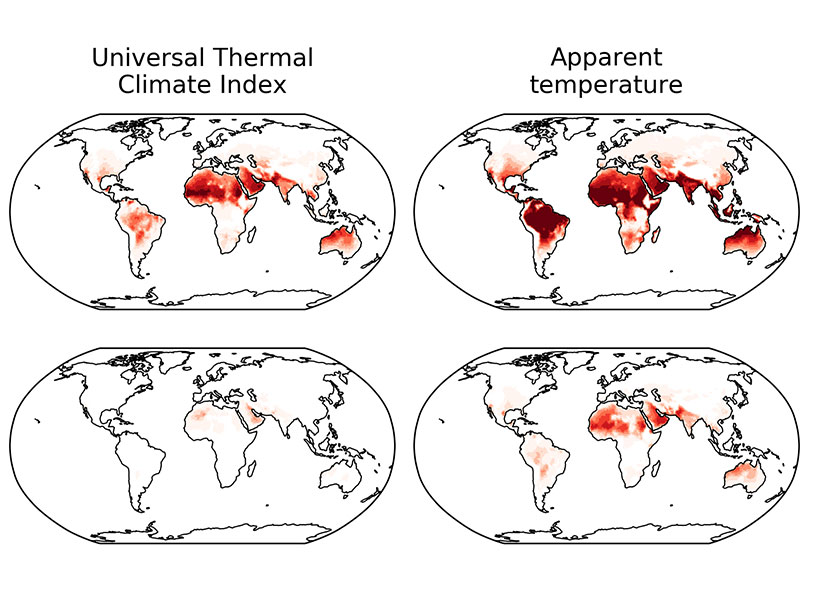Deforestation in the Amazon has dropped since the early 2000s, but it is slowly climbing again. A new study shows the impact of that climb on public health—and how much worse conditions could be.
geohealth
How Can Wristbands Monitor Pollution, PAHs, and Prenatal Care?
Silicone wristbands can help monitor pregnant women’s exposure to polycyclic aromatic hydrocarbons. Tracking these toxic chemicals, produced by combustion, could improve public health outcomes.
Wildfires Are Threatening Municipal Water Supplies
Climate change is driving an increase in catastrophic wildfires; consumers see, smell, and taste the effects in their water. Water utilities must prepare for worse times ahead.
New Marine Ecology Tool Corrects for Effects of Fossil Fuel Emissions
Standardizing these corrections will help scientists understand ocean ecosystems.
Podcast: Standing Up for Science During an Epidemic
A virologist overcame smears and adversity to stand up for science.
Health Costs from Climate Soar To $820 Billion
Climate change and fossil fuel use are responsible for hiking up the price of health care beyond what the U.S. spends on defense.
Integrating Data to Find Links Between Environment and Health
Several obstacles stand in the way of integrating social, health, and Earth science data for vital geohealth studies, but there are tools and opportunities to overcome these obstacles.
Severe Radiation Storms Pose Health Risk to Air Travel
Simulations of radiation storm fluxes on real flight paths highlight how severe space weather could expose aircrew and passengers on busy transatlantic routes to significant radiation doses.
Monitoring Seismic Vibrations During a Pandemic
Researchers in Spain monitored variations in seismic noise across Barcelona as the city locked down during the pandemic, clarifying the seismic band associated with human activity.










